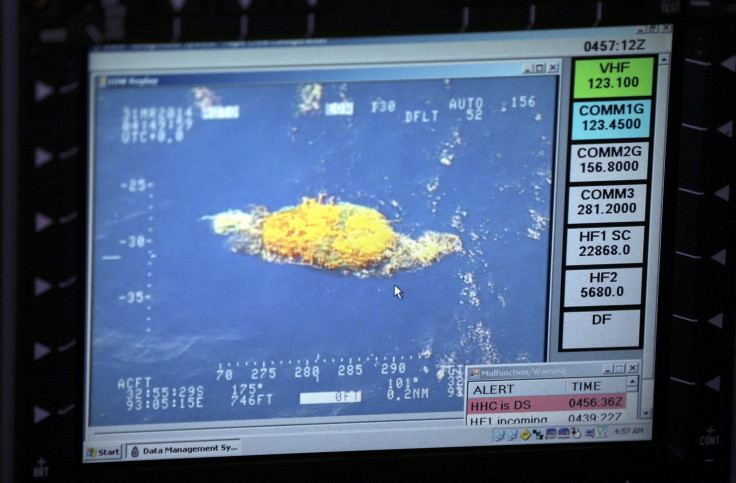MH370: Australia Says New 'Drift Model' Could Help Find Missing Malaysia Airlines Flight Debris

Australia is developing a new model to predict where the debris of the missing Malaysia Airlines Flight MH370 could wash up, search coordinator Peter Foley reportedly said Wednesday. The search for the Boeing 777, which disappeared on March 8 with 239 people on board, has so far yielded no concrete clues as to the whereabouts of the aircraft.
Authorities had earlier predicted, citing initial analysis, that the plane’s wreckage could drift and come ashore on Indonesia’s West Sumatra island after about 123 days of Flight MH370’s disappearance. The Australian Transport Safety Bureau (ATSB), which is leading the search for the plane, had previously alerted authorities in Indonesia about the possibility that debris from the plane could wash up on its coastline.
"We are currently working ... to see if we can get an updated drift model for a much wider area where there might be possibilities of debris washing ashore," Foley told reporters in Canberra, according to Reuters. “We’ve got a good area defined, and we believe that the search methods we’re using will be effective in locating that debris field.”
Foley also said that authorities had been receiving weekly reports of possible sightings of the plane’s wreckage on the Australian coast, but none of the objects were identified as coming from the missing jetliner.
Martin Dolan, the chief commissioner of ATSB, reportedly denied reports claiming there was a disagreement among the five international teams involved in the search operations -- Britain's Inmarsat, America's Boeing Company, France's Thales Group, US investigator National Transportation Safety Board and Australia’s Defense Science and Technology Organization -- about the current search area.
"There is no disagreement, just the deliberate application of differing analysis models," Dolan reportedly said.
The teams had reportedly agreed on a search area -- about 375-mile long and 56-mile wide -- in the ocean west of Perth as a probable place to find the plane. However, a new report released last month claimed that the search area had been moved farther south in the Indian Ocean. ATSB also published an updated flight path analysis to explain the move. The groups reportedly agreed that the final resting point of the missing flight could be along the seventh arc, Dolan reportedly said.
In a video released by the Joint Agency Coordination Centre (JACC) last week, the arc is described as “a thin but long line that includes all the possible points where the last known communication between the aircraft and the communication satellite could have taken place.”
Meanwhile, three search vessels -- Fugro Discovery, Fugro Equator and GO Phoenix -- have continued to look for Flight MH370 and over 2,703 square miles of the sea floor have been searched so far, JACC said, in a statement Wednesday. Fugro Equator, which arrived at the search area on Nov. 21, commenced a bathymetric survey that would map the sea floor and searched a 1,544-square mile area.
Malaysia and Australia are jointly funding the current phase of the search operation, which has become the most expensive in aviation history.
© Copyright IBTimes 2024. All rights reserved.





















